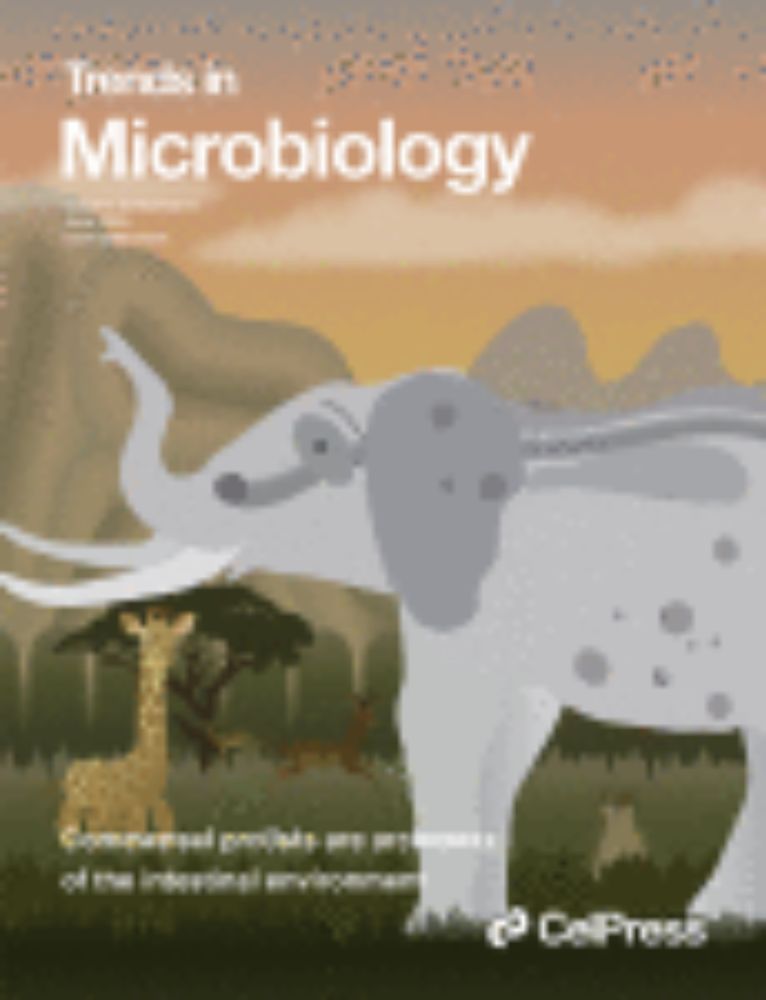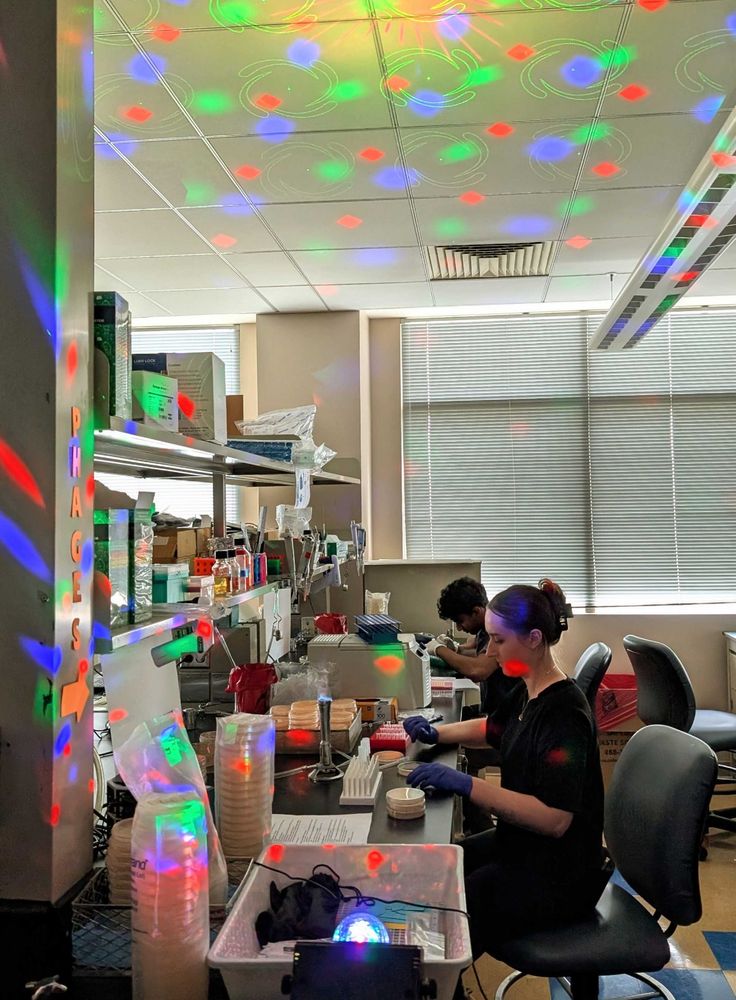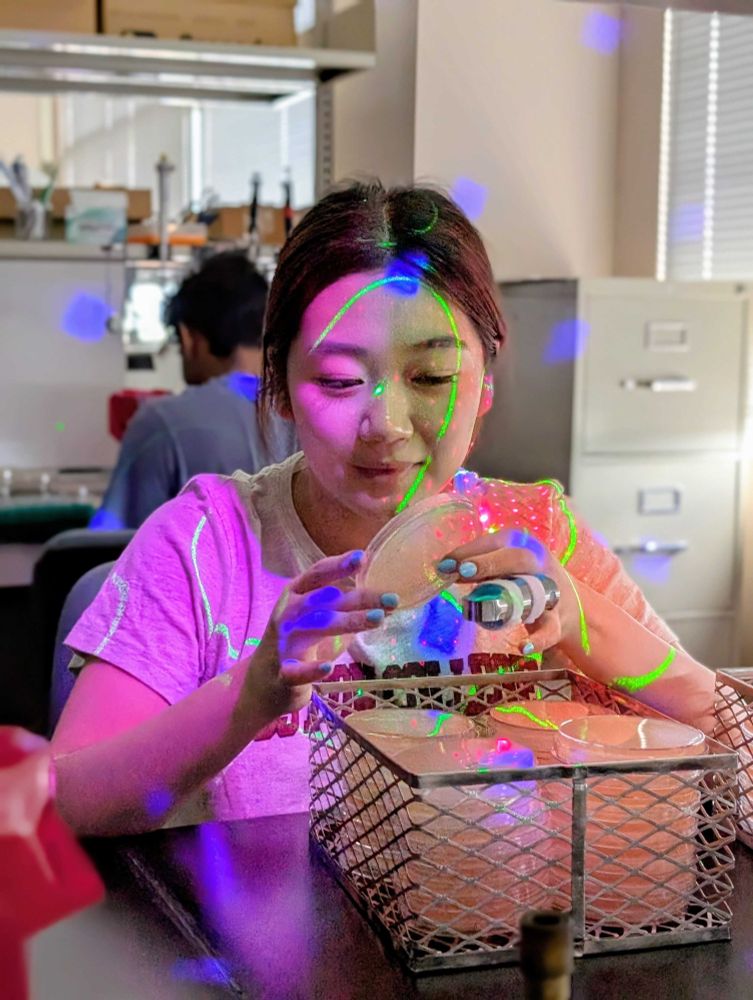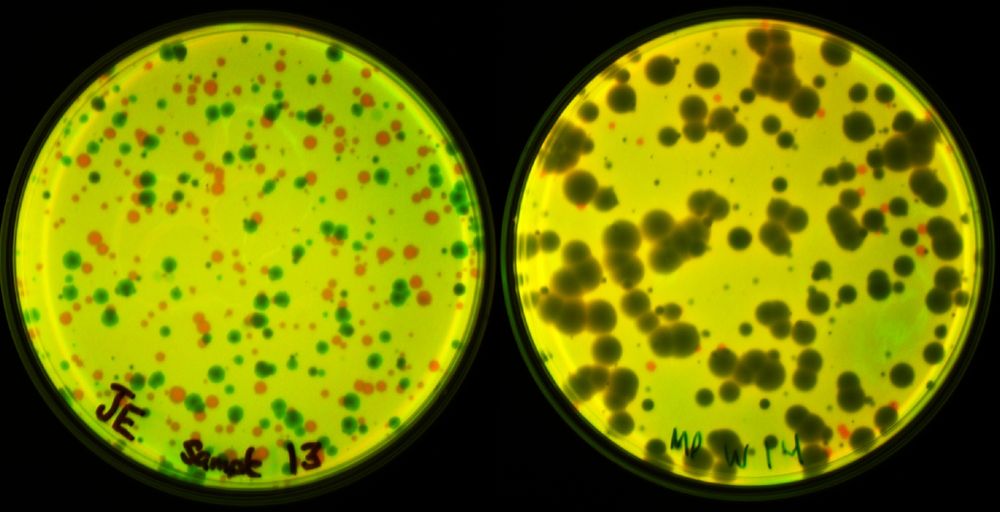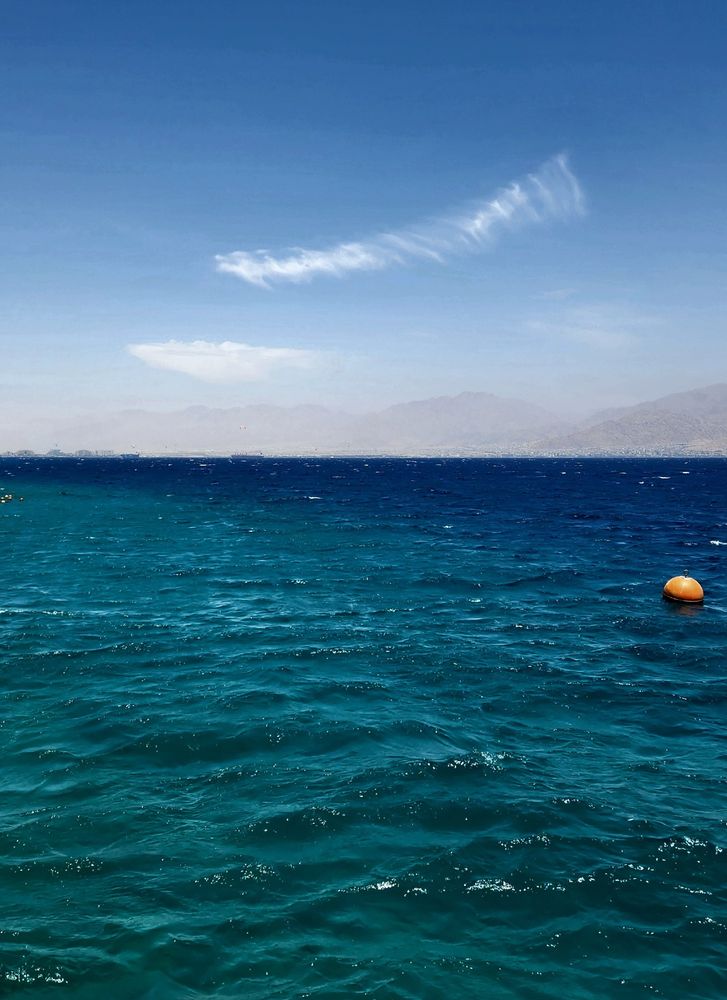Sarit Avrani
@saritavrani.bsky.social
540 followers
390 following
25 posts
Cyanophage and other phages, evolution and ecology, really excited of new genomes, University of Haifa, Israel. https://www.avranilab.haifa.ac.il/
Posts
Media
Videos
Starter Packs
Sarit Avrani
@saritavrani.bsky.social
· Sep 4
Reposted by Sarit Avrani
Vardilab
@vardilab.bsky.social
· Sep 4

Mapping the transcriptional landscape of algal resistance to viral infection reveals a core expression program
Algal blooms and their demise by viruses drive global-scale ecological processes in the ocean. These blooms form the foundation of marine food webs, regulate microbial communities, and shape biogeoc...
nph.onlinelibrary.wiley.com
Reposted by Sarit Avrani
BejaLab
@bejalab.bsky.social
· Aug 5

Pear flower and leaf microbiome dynamics during the naturally occurring spread of Erwinia amylovora | mSphere
The spread of pathogens in plants is an important ecological phenomenon and has a
significant economic impact on agriculture. Flowers serve as the entry point for E. amylovora, but members of the flow...
journals.asm.org
Reposted by Sarit Avrani
Sarit Avrani
@saritavrani.bsky.social
· Jul 28
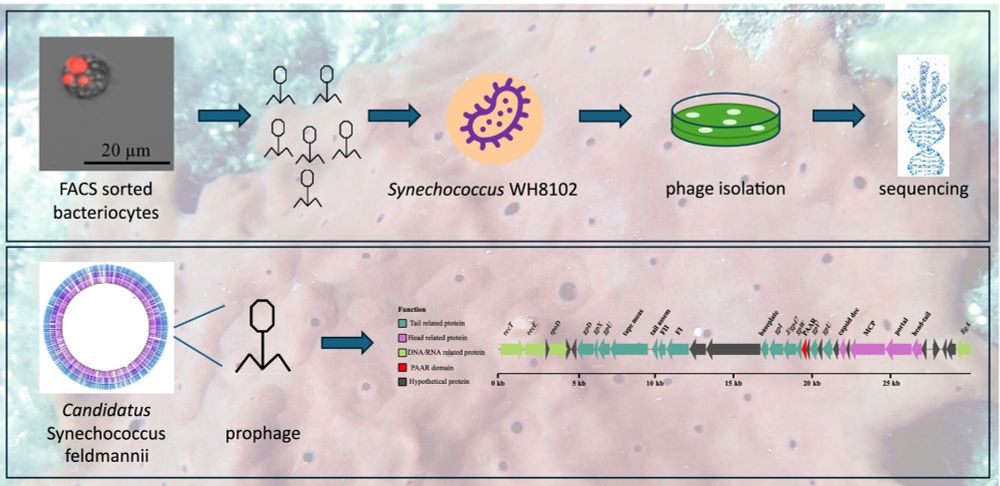
Cyanophage Infections in a Sponge Intracellular Cyanobacterial Symbiont
Intracellular cyanobacterial symbionts of sponges are shown to be susceptible to cyanophages, challenging assumptions about their isolation from viral exposure. The study reveals novel phage–host int...
enviromicro-journals.onlinelibrary.wiley.com
Reposted by Sarit Avrani
Asaf Levy
@asaflevylab.bsky.social
· Jul 26
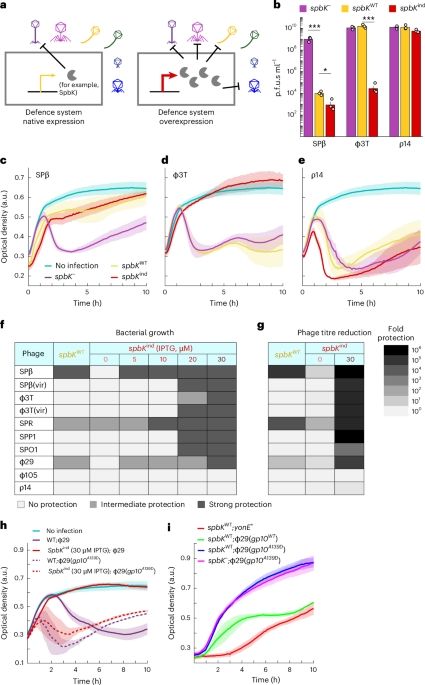
Expression level of anti-phage defence systems controls a trade-off between protection range and autoimmunity - Nature Microbiology
The authors examine several defense systems and find that increased expression enhances their protection range, albeit at a cost of autoimmunity.
www.nature.com
Sarit Avrani
@saritavrani.bsky.social
· Jul 27
Reposted by Sarit Avrani
Cyanotrans
@cyanotrans.bsky.social
· Jul 24

Cyanophage Infections in a Sponge Intracellular Cyanobacterial Symbiont
Intracellular cyanobacterial symbionts of sponges are shown to be susceptible to cyanophages, challenging assumptions about their isolation from viral exposure. The study reveals novel phage–host int...
enviromicro-journals.onlinelibrary.wiley.com
Reposted by Sarit Avrani
Reposted by Sarit Avrani
Vardilab
@vardilab.bsky.social
· Jun 5
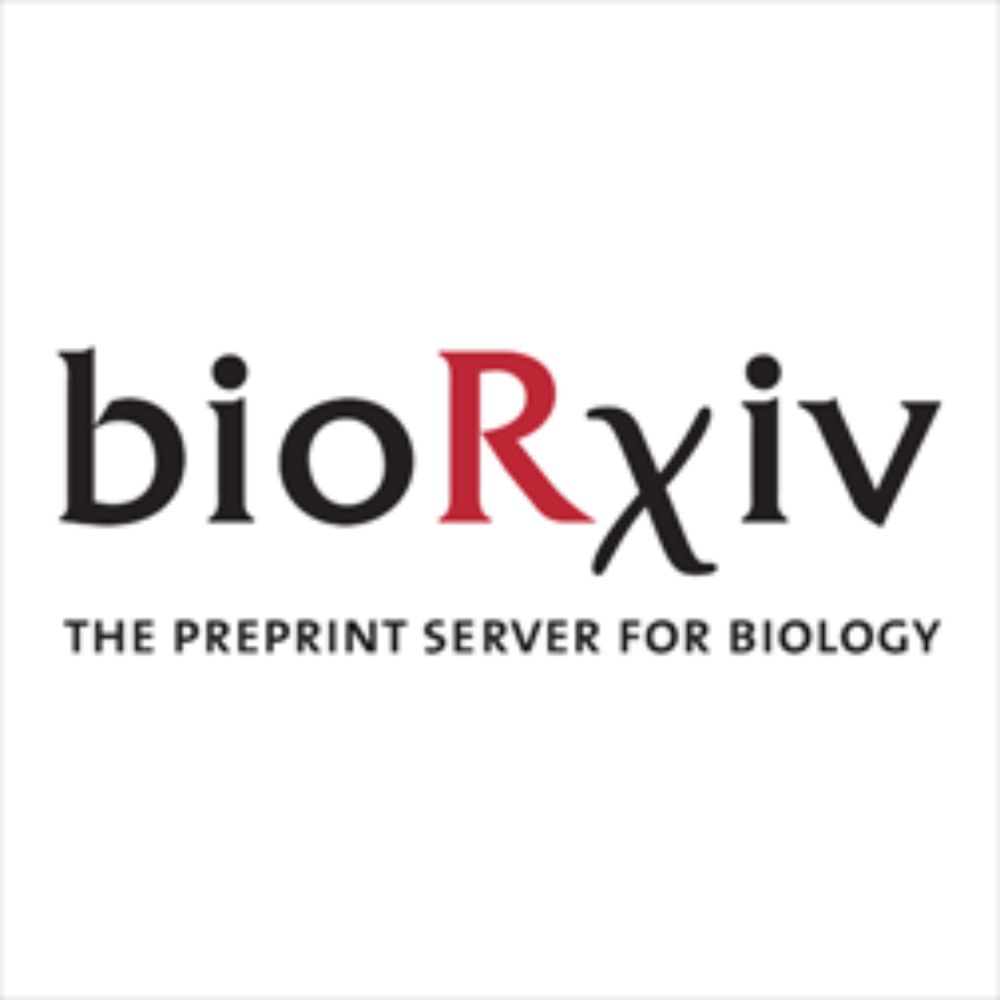
Mapping the transcriptional landscape of algal resistance to viral infection reveals a core expression program
### Competing Interest Statement
The authors have declared no competing interest.
Simons FoundationSimons Foundation, https://ror.org/01cmst727, 150809
doi.org
Reposted by Sarit Avrani
Reposted by Sarit Avrani
Reposted by Sarit Avrani
Elaine Luo
@oceanmicrobes.bsky.social
· May 28
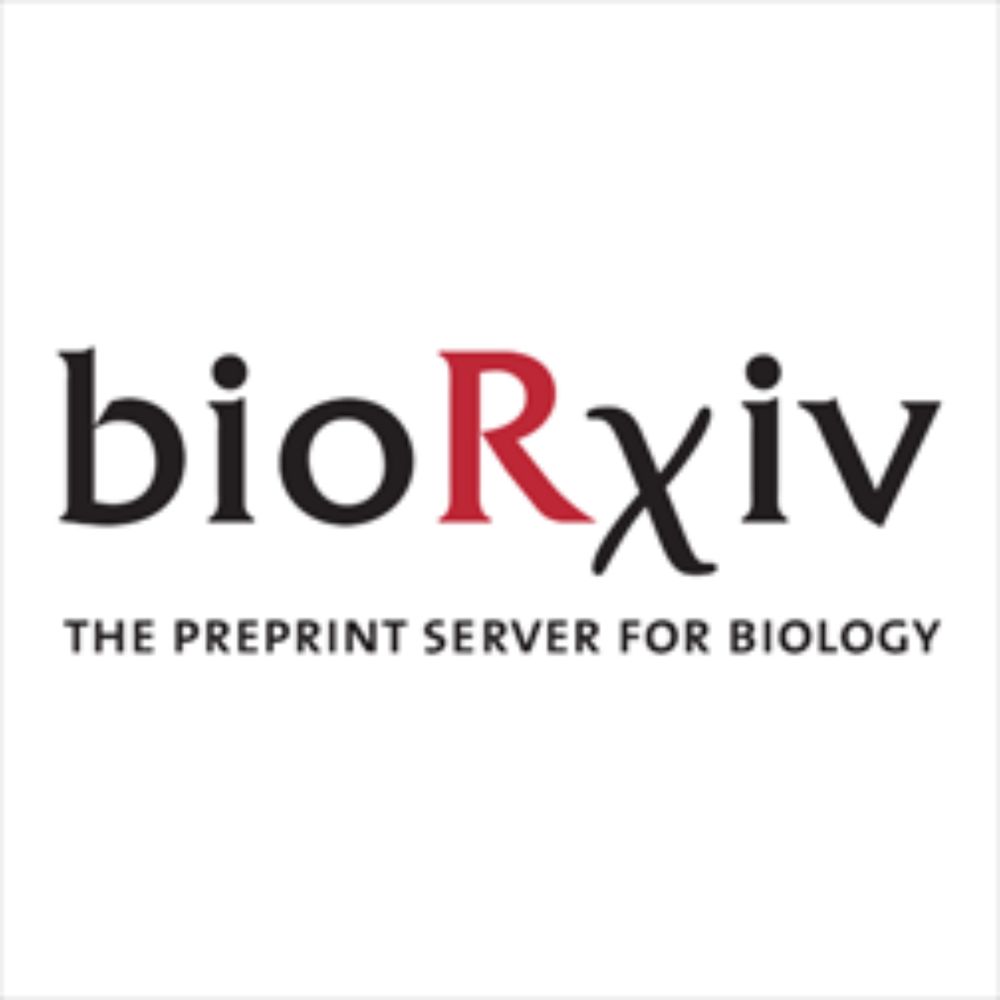
Virus-mediated recycling of chemoautotrophic biomass
Aquatic environments absorb ~2.5 gigatonnes of atmospheric carbon each year, more than the carbon stored in the atmosphere, soils, and all biomass combined. Primary producers transform this dissolved ...
www.biorxiv.org
Sarit Avrani
@saritavrani.bsky.social
· Apr 17
Reposted by Sarit Avrani
Jay T Lennon
@jaytlennon.bsky.social
· Feb 27

Residence Time Structures Microbial Communities Through Niche Partitioning
Much of life on earth is at the mercy of currents and flow. Residence time (τ) estimates how long organisms and resources remain in a system based on the ratio of volume (V) to flow rate (Q). We test...
onlinelibrary.wiley.com
Reposted by Sarit Avrani
Reposted by Sarit Avrani
Santiago Elena
@sfelena.bsky.social
· Feb 20
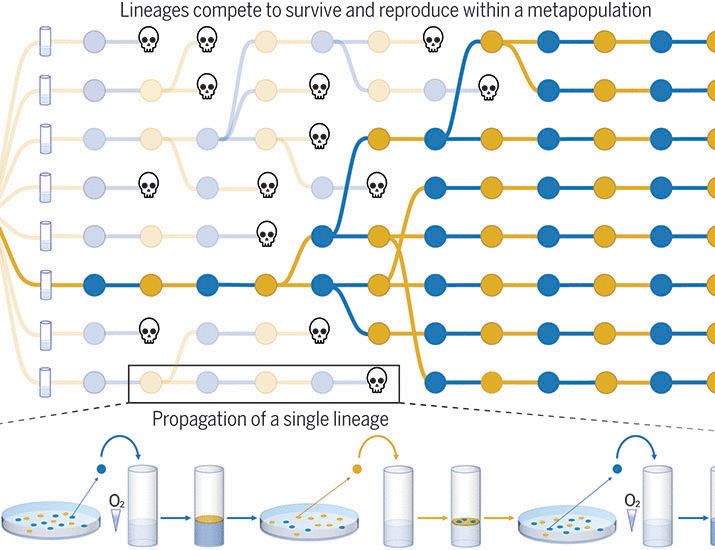
Experimental evolution of evolvability
Evolvability—the capacity to generate adaptive variation—is a trait that can itself evolve through natural selection. However, the idea that mutation can become biased toward adaptive outcomes remains...
www.science.org
Reposted by Sarit Avrani
Sarit Avrani
@saritavrani.bsky.social
· Jan 29
Sarit Avrani
@saritavrani.bsky.social
· Jan 25
Reposted by Sarit Avrani
Michael Baym
@baym.lol
· Jan 17
Sarit Avrani
@saritavrani.bsky.social
· Jan 19
Reposted by Sarit Avrani
Reposted by Sarit Avrani


